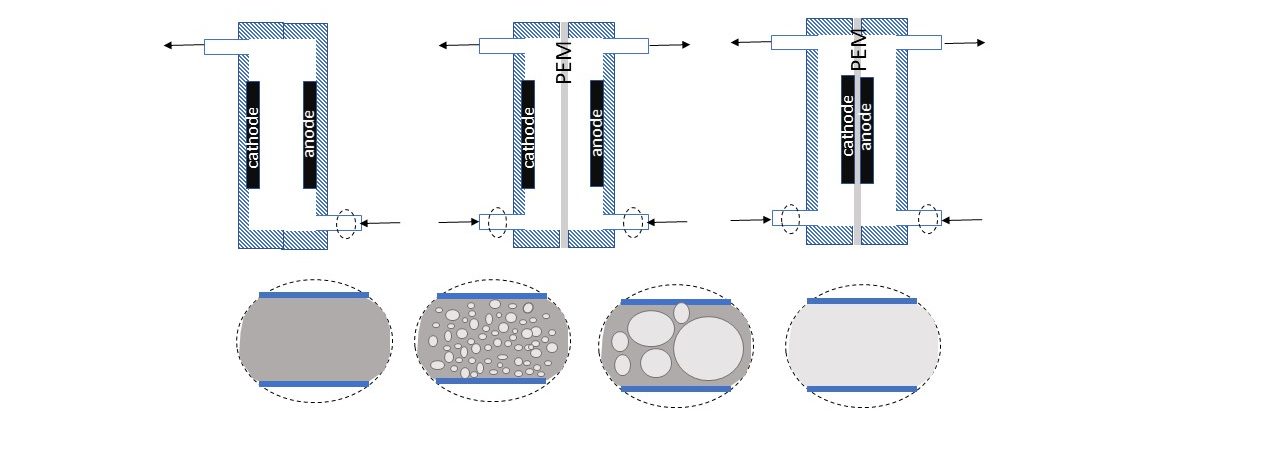New Electro-Absorption Technologies for more Sustainable environmental and energy applications
PID2019-107271RB-I00
This pioneering project aims to assess the processing of gaseous streams with electrochemical technology (ET) from the view point of the development of not only of electro-absorber cells but also of interesting processes in which these novel cells are involved. It is based on our background and various of the target technologies grow up from previous projects. The key point is the development of tailored innovative cells, designed to carry out gas-liquid electrochemical reactions involving the change in the oxidation state of species with environmental or energy interest. In the development of these cells, the recent knowhow generated in the Lab (flow-through, microbubble & high-pressure technologies) will be applied, not forgetting other more conventional knowledge derived from more than 20 years developing ETs. In the search of a more sustainable and cost-effective solution, it considers different strategies for powering the ETs with renewable energy, optimizing this powering by means of RFB and modelling tools. The optimization of the eco-efficiency by using LCA tools is also a key element of the proposal. Within this context, NEAT4SUST+ is going to develop cutting-edge technology capable to:1) remove VOCs and odor, based on the development of atmospheric electro-absorbers; 2) produce oxidants such as O3 and H2O2 based on the use of pressurized electro-absorbers which, in turn, will be used for the manufacturing of ClO2; 3) store more efficiently energy by using reversible mixed-pressure electro-absorbers, which can operate in electrolyzer or fuel cell modes, allowing the optimized management of renewable energy. These cells will be tested in the Westinghouse and the chloralkaline processes. NEAT4SUST+ considers the process&CFD modelling to understand the mechanisms of the processes involved and applies this knowledge to scale-up up to the TRL needed to start with the industrial transfer. Active participation of 7 stakeholders will help to shift main results from academia to industry. For that, goals were set within applicability and sustainability premises.
